3 Examples of Good "Content-Driven Commerce" Strategies

Some businesses adopt the "if you build it, they will come" approach to marketing. They believe in their product, and they rely on people referring their product to each other to spread it.
Others work solely within traditional marketing channels. They pay for display ads, TV ads, billboards, even newspaper classifieds, and other print ads.
Some work on a variety of internet-enabled channels, often free channels like social media and blogging.
The problem with all of these approaches is that they tend to ignore how regular people actually shop for products.
Real people start from a position of a question. They do research to learn about a product and the market. They look into alternatives. They read opinion pieces, check patch notes, and read comparisons. They check reviews.
How can you take advantage of this whole process to connect with your audience? It's called content-driven commerce.
What is Content-Driven Commerce?
Content-driven commerce is not a new concept, but the keyword has been showing up more and more within marketing circles recently. Fortunately, it's something I've been doing for a decade, so I'm in a good position to talk about it.
Content-driven commerce is just what it sounds like: commerce driven by content. In a way, it's another perspective on the traditional sales funnel.
Many businesses tend to think of different aspects of marketing as different departments, often isolated from one another. There's the sales team, there's the blogging team, and there's the advertising team. While there may be some communication between them, there is also often a barrier between them. They aren't working together; they're working adjacent to one another.
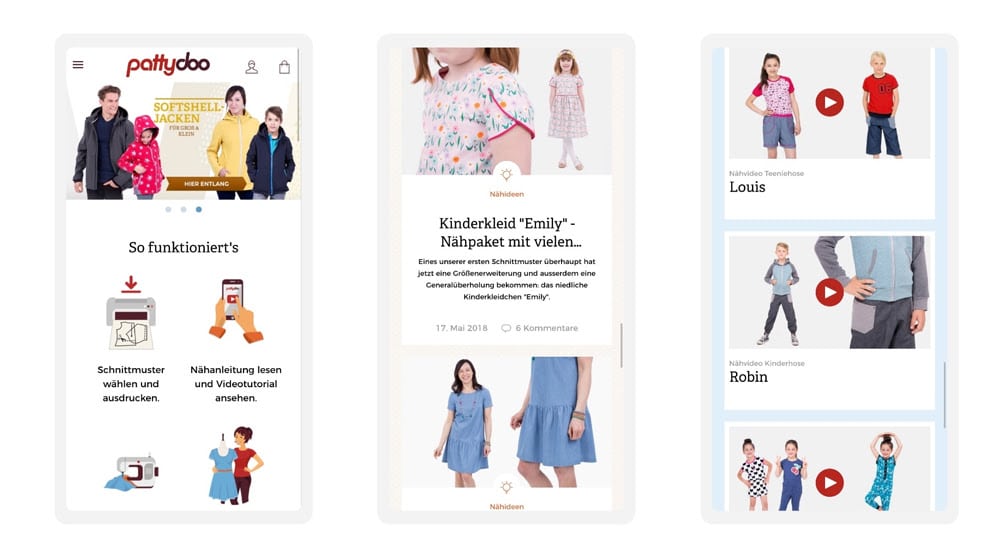
Content-driven commerce means leveraging everything from your narrow, sales-focused landing pages and product pages to your broad, attractive, non-sales copy in blogging and outreach. It's a way of viewing the total ecosystem where you and your customers live, rather than just your own few channels.
It's all about saturating the market with your name, but not your ads. It's about positioning yourself as a trusted authority. It's about showcasing that you know what your potential customers need.
What Are the Benefits of Content-Driven Commerce?
When you focus on a content-driven commerce strategy, you bring a lot of potential benefits to the table. You won't necessarily be able to leverage all of them right away, but at least you'll have access to them, which is more than you would have before.
Content-driven commerce is a long, slow strategy. You can think of it sort of like a snowball or avalanche; something that doesn't build up quickly, but once it reaches critical mass, it becomes more self-sustaining.
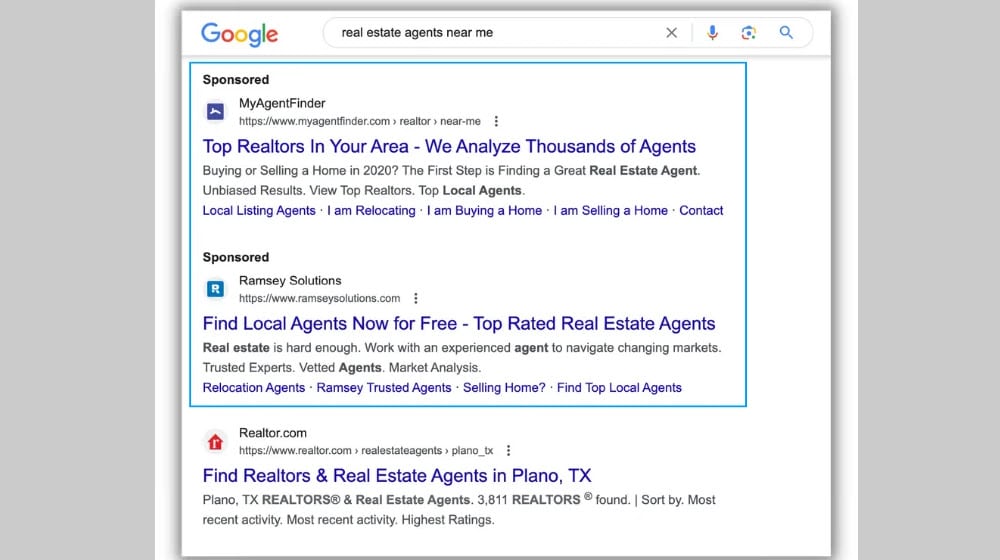
Those benefits can include:
- A high level of brand awareness. One of the most critical steps you take as part of content-driven commerce is to build up your position in your industry. You show up in every Google search, you're mentioned in every list, and when people think of the problem you solve, they think of you. At the most extreme levels, you can even become synonymous with the industry. Think Kleenex rather than Tissue.
- A lot more customer engagement. When you're always present and generally trusted, people will be more comfortable within your ecosystem. They can comment on and engage with your posts, and they can build communities around you.
- More exposure to passive sales pressure. The goal of content-driven commerce is not to get in people's faces and tell them to buy; it's to make them passively aware of your product and the problem it solves, so that if they have that problem, they'll think of you first.
There are a few strategies you can use to capitalize on content-driven commerce. Fortunately, they all play nicely with other kinds of marketing, with one major exception I'll get to soon.
Example #1: You Are Not Alone
One of the biggest mistakes I see businesses make is acting like they're the only ones in the world with their product or idea.
This is an attitude that comes from marketing many years ago, largely before the era of the internet.
It used to be that, to find a product or service, you needed to either see advertising about it, hear about it from a friend, or go out looking for it until you got a recommendation. In those days, when mass communication was a lot more limited, a business could thrive just by being the only game in town.
That meant that even acknowledging that there was competition was a potential source of friction and lost sales. If a city had only ever seen Coke, but then Coke suddenly started talking about how they were better than Pepsi, a bunch of people who didn't know Pepsi existed would probably get curious and give it a try. Even if only a few of those people make the switch, that's a loss for Coke.
This hasn't actually been the case in marketing for decades. Definitely not since the internet made it big, and arguably not since television advertisements and radio adverts.
The main strategy here is to more actively acknowledge that you're not alone in your market. You don't have to write puff pieces for your competitors, of course, that would be crazy. Instead, what you do is write things like comparison guides.
Here's an example of mine: my comparison page. I analyze my services in comparison to several of my closest competitors, and showcase why I stand out over what they offer. Maybe it doesn't convince everyone, and maybe a few people look elsewhere when they see my pricing pages, but the core concept is there.
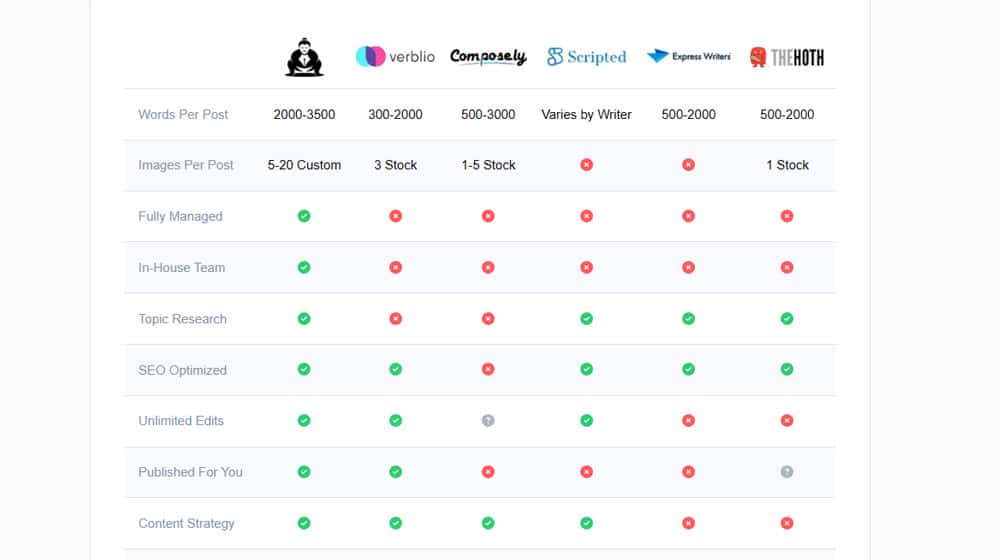
You can also see this in longer-form content. It's common in lists of services and tools; when you browse a site with a top ten list of tools and you realize either the first or last entry on the list is the site you're on, that's what they're doing. They're putting themselves in the comparison table, presenting their own services in the same light as the others (or maybe with a bit more emphasis) and letting the customer decide.
Savvy business owners acknowledge that they have a specific target audience within their industry, and that sometimes, a competitor might be the better option. It's more important to be honest and trustworthy than it is to land sales with customers who will be disappointed and refund, return, chargeback, or leave bad reviews.
The truth is, it's not really possible to have an audience that doesn't know about your competition anymore. Even a simple Google search is going to show at least four or five direct competitors, depending on what kind of content ends up in the search results, and that doesn't even consider Google ads.
Your goal should not be to try to isolate yourself and fail to acknowledge that you're part of an ecosystem. You need to be aware of your competition and play to your strengths. Talk about what sets you apart, what makes your version of the product unique, and why people should choose you.
One major caution here is that you should only do this fairly sparingly. If every post you publish is promotional, it has the opposite effect and looks like you're just trying to brag or rag on your opposition.
You can also take steps to minimize the impact that mentioning competition can have. For example, you can leave mentions of them unlinked, or nofollow links when you make them. No reason to pass them link juice, after all.
Example #2: Let the Site Design Do the Talking
The second strategy I tend to use is to avoid being self-promotional at all. Being self-promotional risks sounding like you're bragging, making claims or promises you can't keep, or otherwise generally just being abrasive.
Some businesses take a fairly minor approach to their CTAs. Putting a small one at the end of a blog post, for example. I generally find that these aren't all that relevant, though I do still include them from time to time.
Instead, my preferred tactic is to avoid putting CTAs directly in content at all. After all, if you're on my site, you have footers, headers, sidebars, and other forms of CTA around you at all times. You don't need one more link to click; they're already there for you.
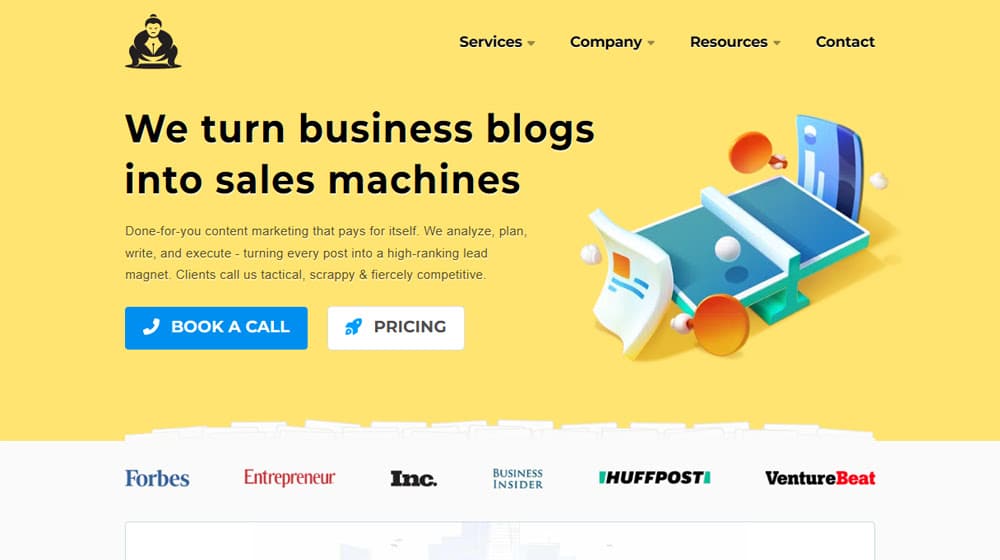
The key is to be moderate with these, as well. We've all ended up on a site where there were half a dozen nested calls to action before you could even read the content, and we've all backed right out and ignored those sites, right?
So consider some of, but not all of:
- A sidebar with a call to action that scrolls with the content.
- A small pop-over box that adds a call to action for a user who has been on the page for a while or scrolled to a certain point.
- A larger full-screen interstitial pop-over that gives an offer or simple call to action.
- A header bar that floats and scrolls with the content, so there are ever-present links to click.
- A floating "hello bar" special offer bar with some kind of FOMO offer.
- A floating footer ad, usually more useful for mobile than for desktop.
The idea is that your content is purely focused on things like the benefits of your type of product (but not your product specifically, necessarily), or a user guide, or a discussion of a problem or a concept in the industry. The site design does the heavy lifting for the calls to action.
This has the added benefit of allowing you to update site-wide CTAs more readily. If you have in-text CTAs, and you change your offer or change your landing page link, you need to go back and change it in all of your posts. If you have a site-wide plugin that covers it, you only need to change it in one location.
This is definitely a strategy you want to test and iterate on. Different audiences respond to different kinds and positions of CTAs, and sometimes a more in-text prompt can be better. Banner blindness can also impact the performance of your site-style CTAs. Always be testing!
Example #3: Cast a Broader Net
Finally, my third strategy is to focus very heavily on content marketing specifically, with an eye towards different types of content and different intents from different users.
All too often, I see business owners talk about a blog as if it's just one part of a sales funnel. They might refer to social media and outreach as the top of the funnel, the blog as the middle of the funnel, and the sales team as the bottom of the funnel.
The truth is, the blog encompasses the whole sales funnel, and different kinds of content work for different stages.
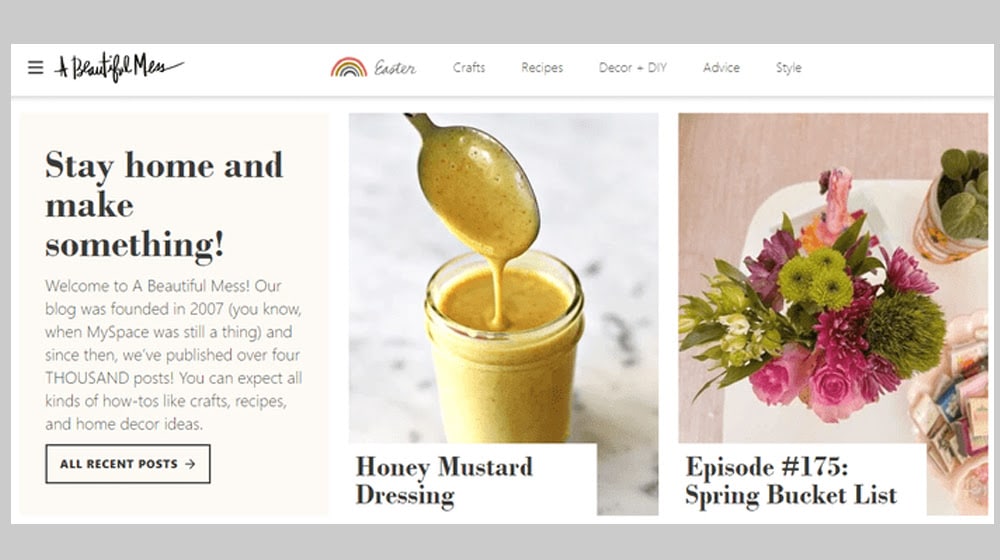
At the top level, you have content designed to reach the widest possible audiences with generic and useful content. Descriptions of problems, DIY solutions, case studies, and other such content can bring in users who may never have heard of you before. This builds awareness and gets people on your site.
In the middle levels, you have more tangible discussions of problems your product can solve, and content dedicated to helping users solve them. It's about building trust and reputation, getting people to remember you as useful, and potentially suggesting yourself as an option to help.
At the lower levels, you have the more persuasive content, the comparisons, the calls to action, the usage guides specifically for your product, and so on. These aren't for general audiences; they're for people who are close to becoming customers or who are already customers. Sometimes, this can even include content that would normally be in a knowledge base for users only, but can be made public.
When you broaden the net you cast, and write more and more varied content, you can also stumble into audiences you didn't know would be interested in your product. That can give you entirely new perspectives and value propositions to chase.
As far as content-driven commerce goes, the blog is the centerpiece, so make it as big and beautiful as possible.



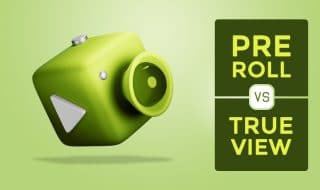






Comments